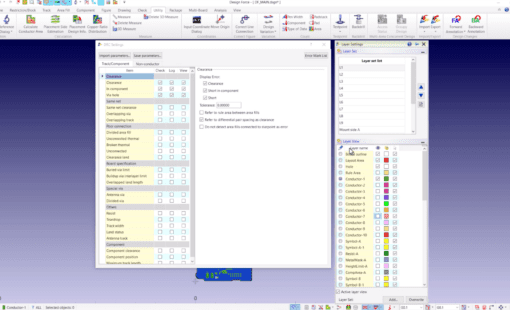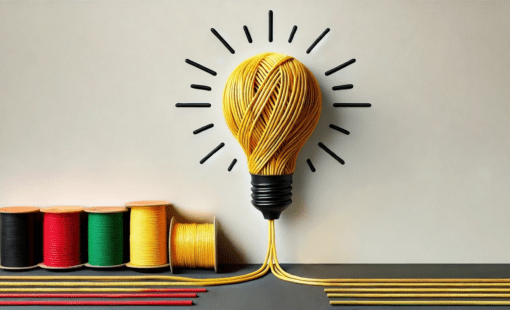Note: This post originally appeared on PTC’s LiveWorx blog.
The IoT Platform has opened up the door for the proliferation of user apps covering games, travel, golf, etc. But what if the IoT Platform could improve your hardware performance and reliability and in turn, product quality? Imagine if you could gather product performance information while your product is being used by the customer. A dream come true! You could identify product weaknesses, eliminate them and build a better product. As your product improves, the repair costs go down, customer satisfaction goes up and everyone wins. And in extreme cases, you could avoid a costly product recall by seeing early warning signs.
Let’s use a home furnace as an example of how this all might work. The home furnace from ACME Engineering is very popular with Model #ABC-111 being the flag ship product. Model #ABC-111 is designed to run for 15 years and cycle 4380 times per year, or 65,700 times over the lifetime of the product. This furnace model is installed in more than 500,000 homes, which provides an excellent sample pool to capture manufacturing, climate and power variants. The 500,000 furnaces are connected to the home Wi-Fi and report back board diagnostics on a weekly basis. The reported information will include heating cycles and run time, along with board diagnostics. As we gather information from 500,000 furnaces, a common failure begins to bubble to the surface. The gas control module on the PCB commonly fails around 30,000 heating cycles. That is half the lifecycle design target. Repairing the board is costly. After investigating the module, the problem is discovered and the module is redesigned. A new version of the board is released to manufacturing and the quality bar is raised.
Achieving this iterative product improvement process is straightforward, but there are a few things you may need to change – actually just three.
Step 1 – Functional Block Design
 The first thing you need is a functional block-based design process. Using this methodology, engineers design with blocks instead of components. Functional block design has many benefits beyond what we are discussing today. The key benefit it brings to our objective is that the PCB board diagnostics can report back on a design module or functional block basis. This segmentation of the PCB allows you to localize the failure on the board and repair the design without touching the remainder of the board. So failures and enhancements can be localized to functional blocks rather than looking at the full board design.
The first thing you need is a functional block-based design process. Using this methodology, engineers design with blocks instead of components. Functional block design has many benefits beyond what we are discussing today. The key benefit it brings to our objective is that the PCB board diagnostics can report back on a design module or functional block basis. This segmentation of the PCB allows you to localize the failure on the board and repair the design without touching the remainder of the board. So failures and enhancements can be localized to functional blocks rather than looking at the full board design.
Step 2 – Design Data Management
Next you need to manage the functional blocks so they can be shared across your organization efficiently. This requires a design data management (DDM) solution that can manage information about the block that includes owner, version, change history, cost, schematic and layout. The DDM system can also tell you what version of the block is being used in each product. This is a critical piece of information so that design improvements can reach all affected products for a comprehensive problem resolution process. And now we can add a “quality rating” attribute based on field performance. Engineers can improve product quality by selecting high quality functional blocks. The quality rating is backed by real world usage data which was not available until now.
Step 3 – IoT Platform
The DDM system also needs to connect to the IoT platform where the data is gathered. An IoT Platform like ThingWorx® can connect through a product lifecycle management (PLM) system and then to the DDM system. ThingWorx provides the gathering mechanism and the big data analytics so the most common failures in your product bubble to the top. The failures are segmented by functional blocks so reporting back to the DDM system is fairly simple.
The tools and methodologies to implement a continuous product improvement process like the one described here are available today. We couldn’t say that five years ago. Building connected products is much easier today with the emergence of SoCs and IoT platforms. Explore the possibilities of implementing a continuous product improvement initiative at your company. The benefits are real and significant. And let’s not forget all those positive customer satisfaction ratings!
Related Products and Resources

- Products
The traditional practice of mechanical, electrical and electronic engineers working in silos – then consolidating efforts late in the development process – is no longer viable for successful companies. Zuken offers a portfolio of scalable domain data management solutions for PCB and electrical/fluid design plus a range of solutions that integrate design and domain data management into the PLM and ERP world.

- Products
E3.series is a Windows-based, scalable, easy-to-learn system for the design of wiring and control systems, hydraulics and pneumatics. The out-of-the-box solution includes schematic (for circuit and fluid diagrams), cable (for advanced electrical and fluid design), panel (for cabinet and panel layout), and formboard (for 1:1 wiring harness manufacturing drawings). Integrated with MCAD, E3.series is a complete design engineering solution from concept through physical realization and manufacturing output.

- Products
Zuken’s engineering data management platform DS-CR has been created to support the specific demands of PCB design data management. It combines multi-site library, design data and configuration management into a unified engineering environment.

- Products
Building a competitive product today is much more difficult than a few years ago. Existing PCB-centric design processes are limited to a single PCB and do not provide the necessary tools for today’s competitive product development environment. PCB-centric design processes are falling behind.




